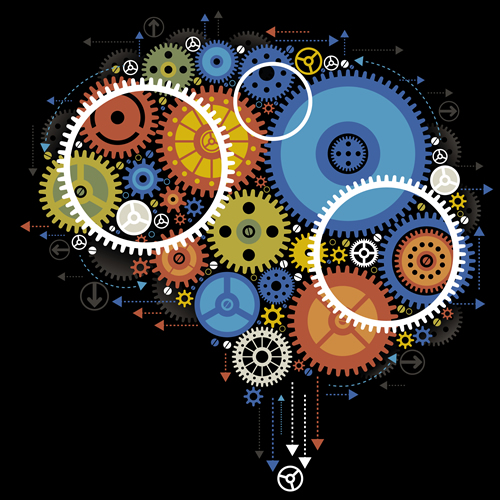Computational thinking has been trending, but what is it, really?
Simply put, computational thinking is a method of reasoning that teaches students how to solve real-world, complex problems with strategies that computers use. Computational thinking and the design thinking process are frameworks for problem-solving to help address the need for 21st-century skills across our nation’s K-12 school system. While computation governs the world around us, computational thinking as a teaching and learning framework is a new concept for many.
These skills are becoming progressively important due to the constant evolution of technology and its place in our economy. An increasingly automated workforce means students who have had exposure to tech-thinking will be more likely to succeed.
To help get students future-ready, I’ve identified seven effective thinking strategies to equip young innovators with valuable problem-solving abilities. Using these tips, students will not only be learning important skills, but will be preparing for what lies ahead post-graduation.
1. Collect data (Look, listen, learn)
The first step to solving any problem is to determine what you know. With computational thinking, this means figuring out from which sources you’ll collect data and deciding which data are the most relevant. For example, to solve a math problem, students might collect quantitative data about a phenomenon and use mathematical methods to decide how to approach the problem.
2. Analyze data (Ask questions)
When we analyze data points, it’s easier to understand how the information fits into the context of a larger problem. Using visuals such as charts, as well as statistical methods, is a great way to test a hypothesis. Have students create charts and graphics to support their ideas and convey information. Students will need to analyze the data they’ve collected to determine what is relevant in proving their hypothesis or key ideas.
3. Find patterns (Understand the problem)
An advantage of having data to work with is being able to identify patterns that occur within it. When you discover patterns, it becomes easier to make predictions and create rules to solve other problems. By recognizing themes and connections, students can create predictions about what comes next.
4. Decompose problems (Need to know)
Don’t let complicated problems scare students away. If they break problems down into manageable pieces, it’s easier to find solutions. Deconstructing problems into smaller parts is an easier way to digest information—and to classify it accordingly.
5. Abstract
When faced with a problem, have students think bigger picture. By identifying similarities and removing details, they’ll be left with a solution that’ll work for a variety of different problems.
6. Build models (Create a prototype)
When brainstorming how to create an effective model, encourage students to test, tweak, and refine ideas using design software to predict outcomes. This way, they’ll be saving valuable time and gaining full understanding of their modeled ideas prior to building in real life.
7. Develop algorithms (Highlight and fix)
Look at problem solving as a road map for performing a task. When students are able to develop solutions with step-by-step instructions, they’re in turn creating an algorithm to use for future problems.
Bringing computational thinking into the classroom is an equitable, resourceful way to ensure that all students have access to fundamental 21st-century skills. For every teacher who takes the opportunity to incorporate these concepts into the classroom, a group of students will become more equipped for what the future holds.
To explore more resources on incorporating this skill into curricula, check out the classroom activities at Ignite My Future.
- 4 ways to encourage play in education - April 25, 2024
- CoSN IT Leader Spotlight: Lisa Higgins - April 25, 2024
- It’s time to pay student teachers - April 25, 2024

